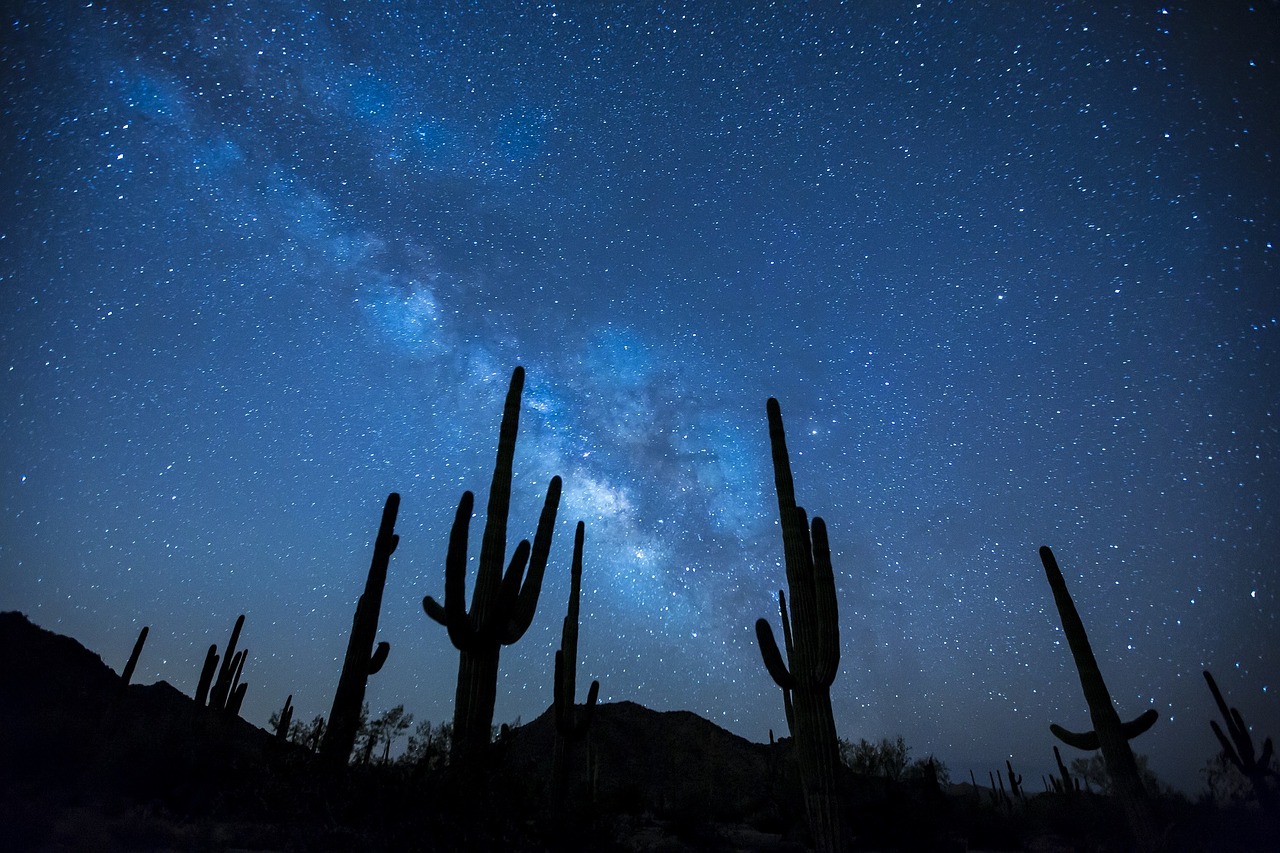NASA has implored scientists and amateur scientists alike to construct 3D printed containers which could be used by astronauts in space in their national 3-D Space Container Challenge and among the 10 finalists are two Indian American teenagers.
While the two teens — Prasanna Krishnamoorthy from Delaware and Rajan Vivek from Arizona — didn’t win the competition, as that award went to Ryan Beam of California with his ClipCatch design, their inclusion in the finalists is in itself an impressive feat for such young mind, or any minds for that matter.
The first place winner, Beam, created ClipCatch — a design which catches fingernail clippings before they have a chance to turn into hazardous debris floating in space.
The Hidustan Times reports that Rajan’s design consists of a Hydroponic Plant Box container which tackles the issue of containing water in a microgravity environment. The box ingeniously allows for the roots of plants to soak up water while preventing water from seeping outside of the container.
While NASA says that hydroponics, a growing technique which replaces soil with other mediums such as volcanic rock and expanded clay, would be effective in spacecrafts because plants grow faster, stronger and it all requires less space, the space agency also experiments with a more advanced technique known as aeroponics.
In aeroponics, the growing medium is virtually nonexistent, as the root systems of plants are exposed directly to a nutrient mist or dry fog. While misters can apply nutrient solutions directly to the roots, effectively bypassing the medium and accelerating growth, nebulizers are also employed to resonate at a frequency conducive of creating a dry nutrient-packed fog.
Krishnamoorthy’s container was quite different from Vivek’s. Instead of designing a 3D printable growing solution, Prasanna designed a Collapsible Container capable of expanding and compressing to fit snugly around its contents. When completely empty, it fully compresses for easy storage.
Of the three designs mentioned, which do you think is the best?
























